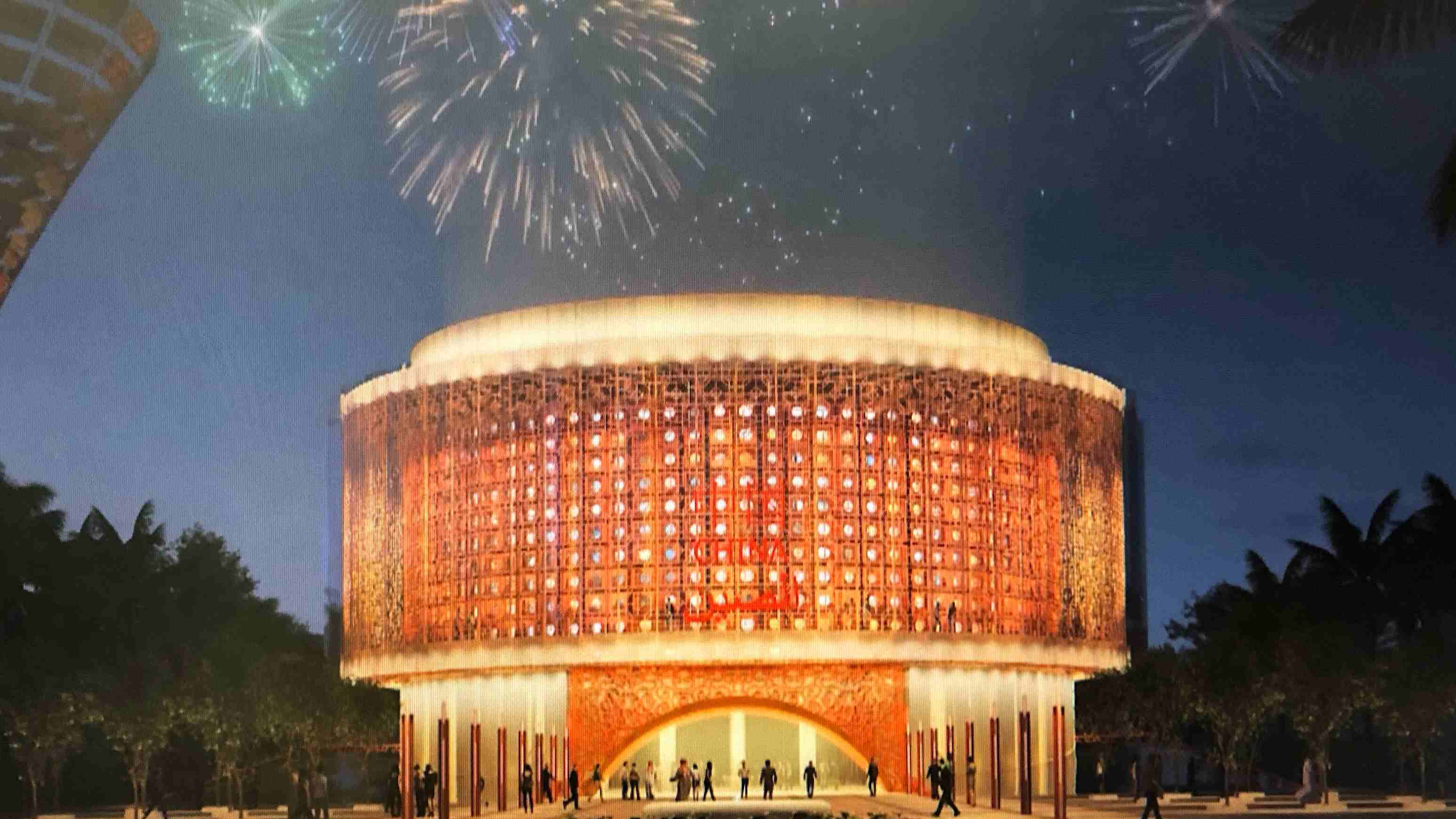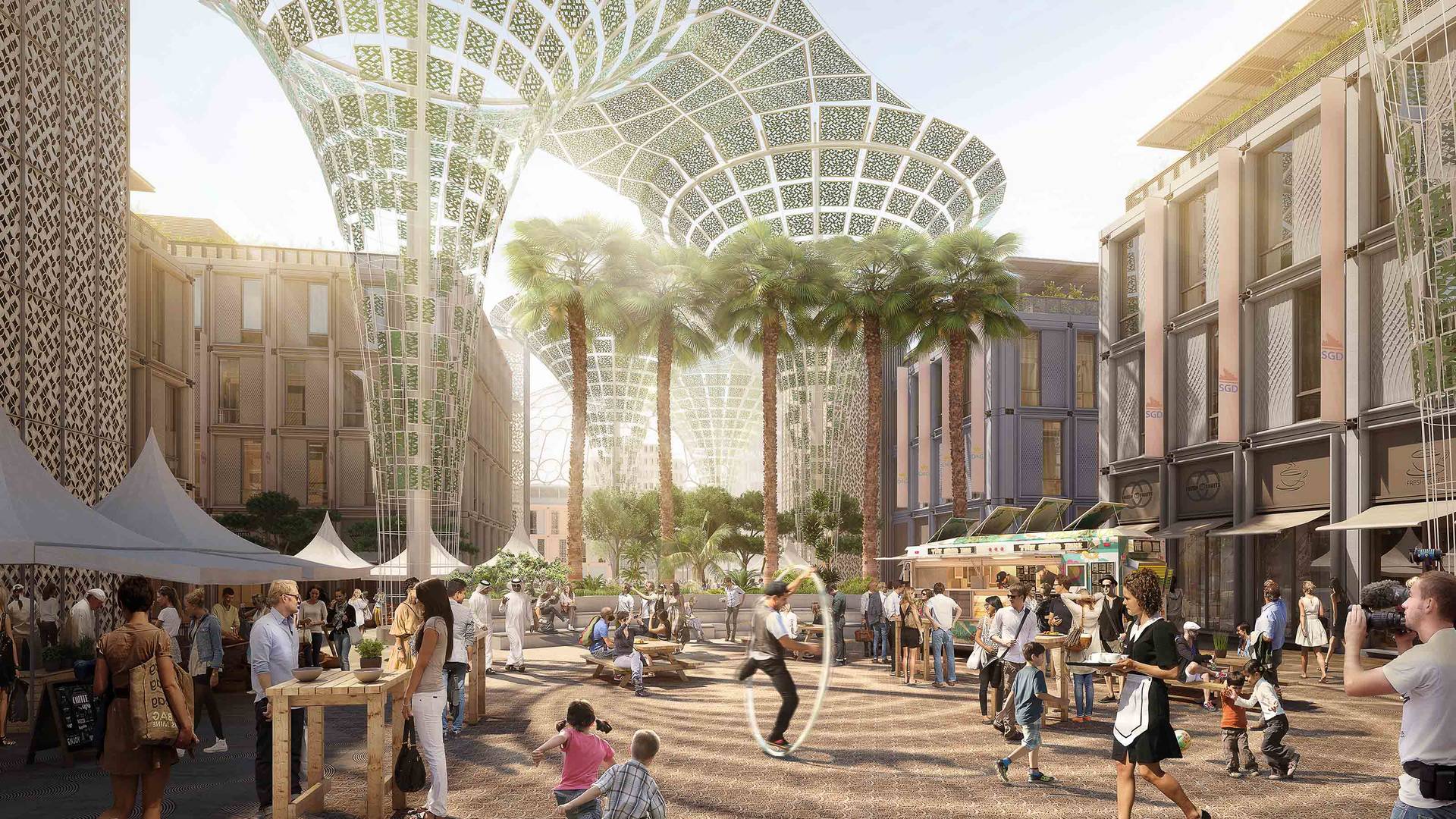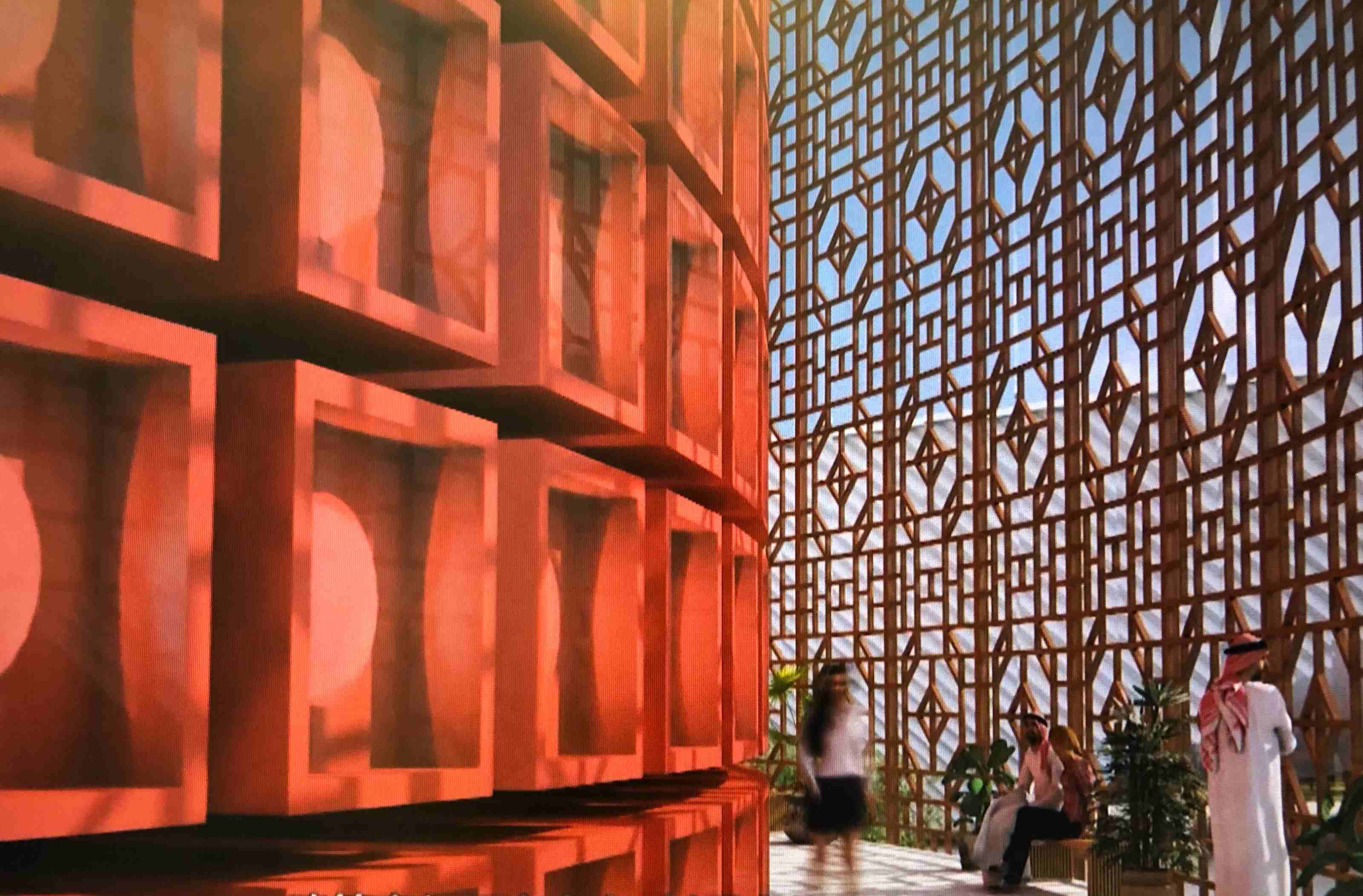

The year is 1927, and Princess Tiana needs our help finding a secret ingredient for a celebratory dish. New details were revealed for the story behind Tiana’s Bayou Adventure. Tiana’s Bayou Adventure will open in late 2024 at both Magic Kingdom in WDW and Disneyland Park. Where are my fellow foolish mortals? The infamous Hatbox Ghost will make his east coast debut sometime next year, as he will finally materialize inside Walt Disney World’s Haunted Mansion! Let’s hope the updated show is just as good as the original! But Disney has heard fans loud and clear – Happily Ever After is the successor. Then D’Amaro took the stage and started a slew of announcements off with a bang – Happily Ever After will play again in an updated nighttime spectacular coming next year. The current fireworks show, Disney Enchantment, debuted with the resort’s 50th anniversary on October 1st. The presentation opened with singer/songwriter Jordan Fisher performing the popular anthem Happily Ever After – which was a tease for us fans of the best Magic Kingdom fireworks show which ended in September 2021.

Josh D’Amaro, Chairperson for Walt Disney Parks & Resorts, led the parks panel. This is one of several articles breaking down all of the big announcements from the Disney Parks panel: A Boundless Future: Disney Parks, Experiences and Products. Let’s take a look at Walt Disney World (and I’ll share the articles for Disneyland, International Parks, and Disney Cruise Line at the bottom). To celebrate the opening of Expo Milano 2015 tomorrow, we’ve rounded up a few of history’s most noteworthy World Expositions to take a closer look at their impact on architectural development.D23 Expo’s big sneak peek presentation of what’s new and next for Disney Parks was filled with info on what’s coming… and lots of omissions on things we were told were on the way in the past. Many masterworks such as Mies van der Rohe’s German Pavilion (better known as the Barcelona Pavilion) for the 1929 Barcelona International Exposition are so wholeheartedly devoted to their conceptual approach that they could only be possible in the context of an Exposition pavilion.

This carte blanche of sorts allows architects to eschew many of the programmatic constraints of everyday commissions and concentrate on expressing ideas in their purest form. World’s fairs inevitably encourage competition, with every country striving to put their best foot forward at almost any cost. But what is it about Expos that seem to create such lasting architectural landmarks, and is this still the case today? Throughout history, each new Expo offered architects an opportunity to present radical ideas and use these events as a creative laboratory for testing bold innovations in design and building technology. Many of our most beloved monuments were designed and constructed specifically for world’s fairs, only to remain as iconic fixtures in the cities that host them. World Expos have long been important in advancing architectural innovation and discourse. In demonstrating just how delicate the construction of a tangible national identity can be this latest exhibition at the HNI offers up a sincere speculative base for self-reflection. Now, seventy years later, Rotterdam is a very different place. Following the war Rotterdam was forced to rebuild itself, carving out a new place on the world stage and reestablishing its importance as an international port. Rotterdam, which was blitzed and decimated during the Second World War, is a place well suited to host an exhibition whose underlying theme centres on the fragile, often precarious notion of national self-image.

Now at the halfway point of the six month long World Expo in Milan, in which 145 countries are participating in a concentration of national spectacle surrounding the theme of "feeding the planet," Rotterdam's Nieuwe Instituut (HNI)-the centre for architecture in the Netherlands-is exhibiting an altogether more reflective display of national civic pride. Sustainability and Performance in Architectureīased on a circular framework inspired by Frédéric Le Play's design for the 1867 WE in Paris in which the 14 historic Dutch World fair entries are 'equal'. The Future of Architectural Visualization


 0 kommentar(er)
0 kommentar(er)
